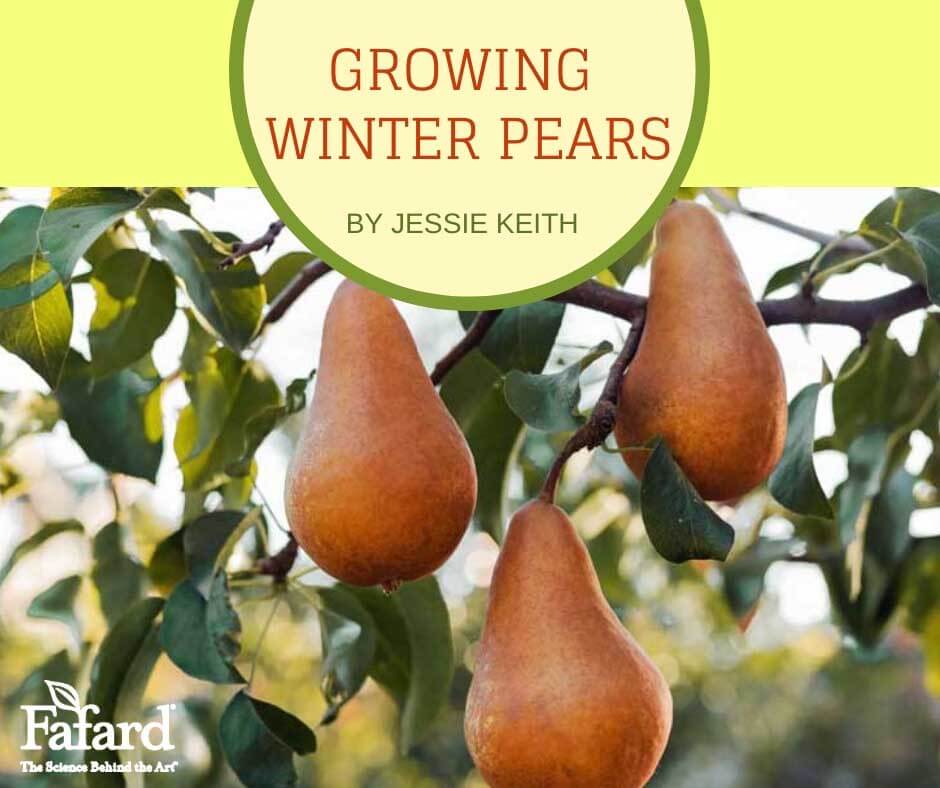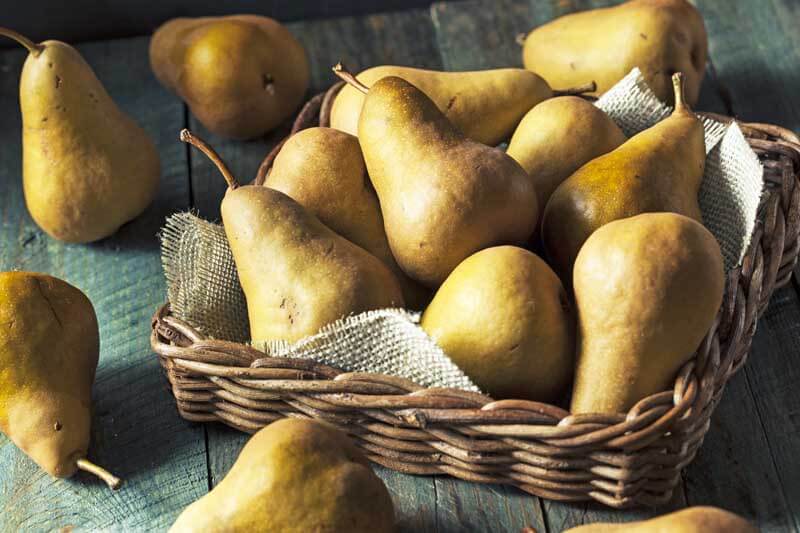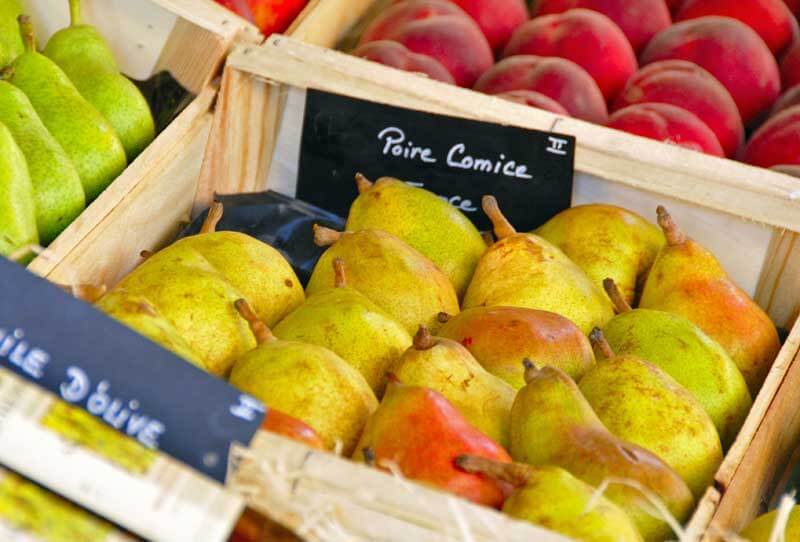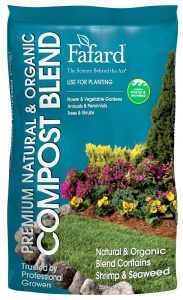
Many of the finest pears (Pyrus communis) for growing and eating are harvested to perfection in the winter months. Their fruits become juicy, even buttery, when fully ripe. By late fall, they should start showing up at orchard stands and farmers markets for fresh eating and cooking, but homegrown fruits are even better, if you have the time and yard space.
Like most popular tree fruits, such as cherries, apples, peaches, and plums, pears are members of the rose family (Rosaceae). They originate from Eurasia where their fruits have been gathered and cultivated since pre-history times. In fact, they are one of the oldest grown fruits, with an estimated 3000-year-old cultivation history. Currently, 3000 cultivated varieties exist coming in different hues, sizes, flavors, and textures, but only a handful are commonly sold at markets and grocery stores. Heirloom varieties are harder to come by.
Popular Winter Pears
Common pear varieties are prized for their high-quality fruit, good growth, high production, and suitability for commercial distribution. Many of these are winter pears, producing their best crops from late fall through to midwinter, depending on where they are grown. These popular pears have familiar names, such as ‘Bosc’ and ‘Comice’, to name a couple. Each has fruit characteristics all of their own.
Bosc Pear

Bosc is a very old pear variety with Belgian origins and was first grown in the United States in the early 19th century. Also called ‘Buerré Bosc’, its teardrop-shaped, russet-brown fruits develop a very buttery texture along with juicy sweetness and a heady pear fragrance when ripe. The productive trees are popularly grown in the Pacific Northwest where they are harvested from mid-fall through to early spring.
Concorde Pear
The firm-fleshed ‘Concorde’ is shaped like a ‘Bosc’ but has green skin and distinctly sweet flesh that resists browning. It is an English-bred pear with firmer flesh, which makes it perfect for baking and poaching. Fruits are produced from fall to mid-winter and store well. The exceptionally cold-hardy, disease-resistant trees are recommended for orchardists wishing to grow organically.
Comice Pear

The classic ‘Comice’ (aka. ‘Doyenné du Comice’) pear is an old French variety known for its sweet, melting flavor and texture. The stout, fleshy pear has green skin flushed with red, and its white flesh is very soft and juicy when ripe. It is best reserved for fresh eating and first becomes available in early fall, though it is also considered a favorite holiday pear. The fireblight-resistant trees are very productive.
Forelle Pear
A very old variety that originates from Germany, ‘Forelle’ has very sweet fruit with soft, juicy flesh. It has green skin with distinctive red speckling (“Forelle” means “trout” and refers to the speckling). The fruits are produced in quantity by vigorous trees and are great for fresh eating.
Magness
A juicy eating pear with soft, sweet, aromatic flesh and beautiful reddish skin is the American variety ‘Magness’, which was developed in the 1960s. The russet fruits have tougher skin that resists rot and insect damage, and the trees are very disease resistant and productive.
Pear Tree Sizes
toPear trees may be grafted on dwarf rootstock to keep trees smaller in stature, but typically pears trees are moderately sized, upright, pyramidal, deciduous trees that are hardy and native to temperate regions. Unlike some other fruit trees, they are often very long-lived. They produce white blossoms in spring. Varieties may bloom in early-, mid-, or late-spring. It is essential to know when yours will bloom because most pears require a pollinizer (another tree for fruit pollination) to produce fruit. The fragrant, white, five-petaled flowers are attractive to bees. Fruits are ready to eat 90 to 200 days after pollination, depending on the variety, and be produced from midsummer to early winter.
Growing Pear Trees

Pears produce the best fruit in full sun and require good to average soil with ample drainage. Newly planted trees benefit from the soil amendment at planting and the application of mulch around their base. We recommend amending and top dressing with Fafard® Premium Natural & Organic Compost. When choosing a variety, be sure to choose a disease and pest resistant variety, as many are sensitive to ailments, particularly fireblight.
Enjoying Winter Pears

The holidays are the best time to enjoy winter pears, whether fresh or cooked. USA Pears has the best collection of pear recipes to be found. For the holiday season, I recommend checking out their Bread Stuffing with Pears, Bacon and Caramelized Onions, Almond Pear Tart (gluten free), Pear and Arugula Pesto Stuffed Chicken, or Mache, Pear, and Wild Mushroom Salad.
Fall or spring are good times to plant pear trees. Choosing winter varieties will ensure that you will have something sweet to look forward to later in the season when the harvest is waning and holidays are just around the corner.


